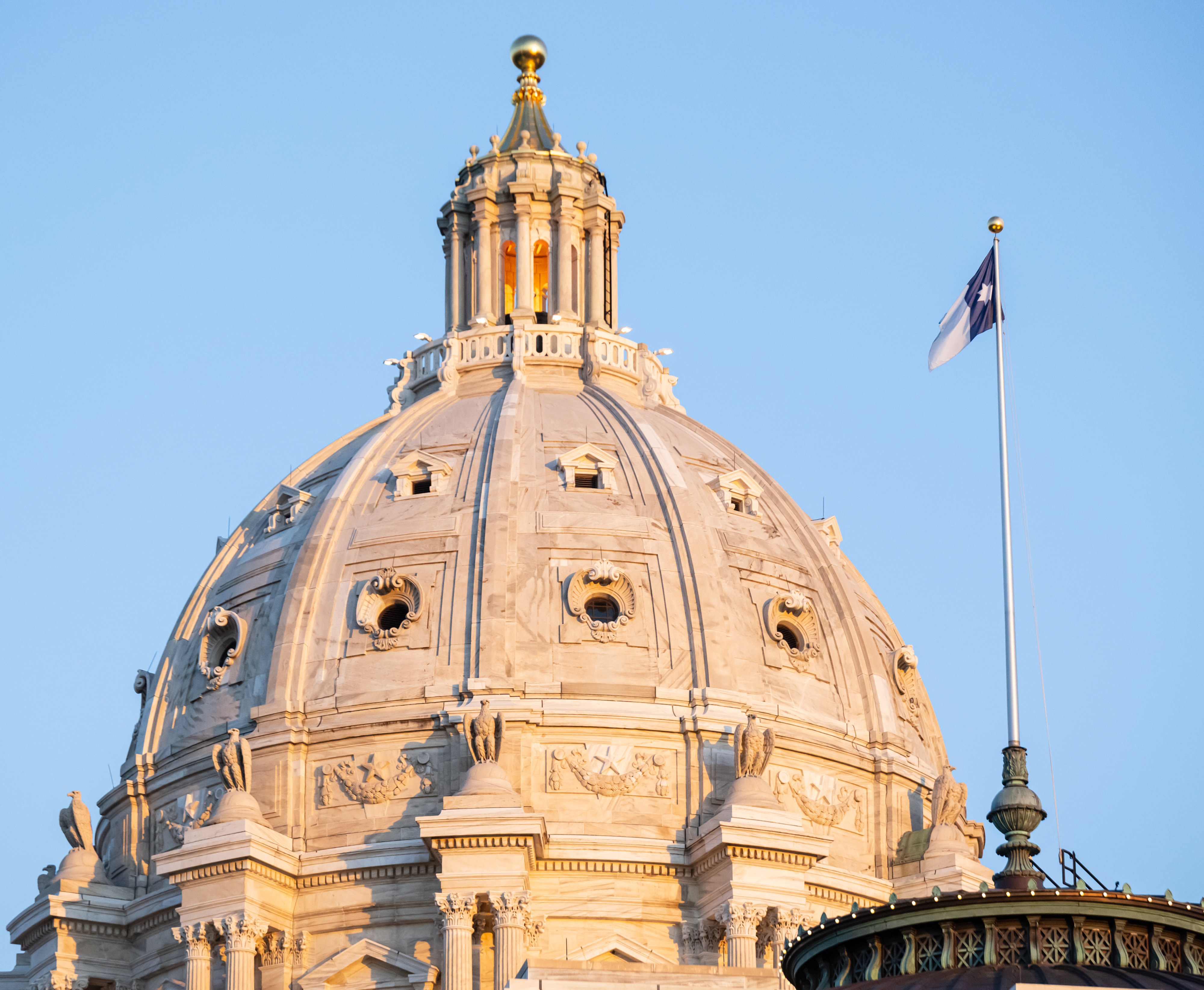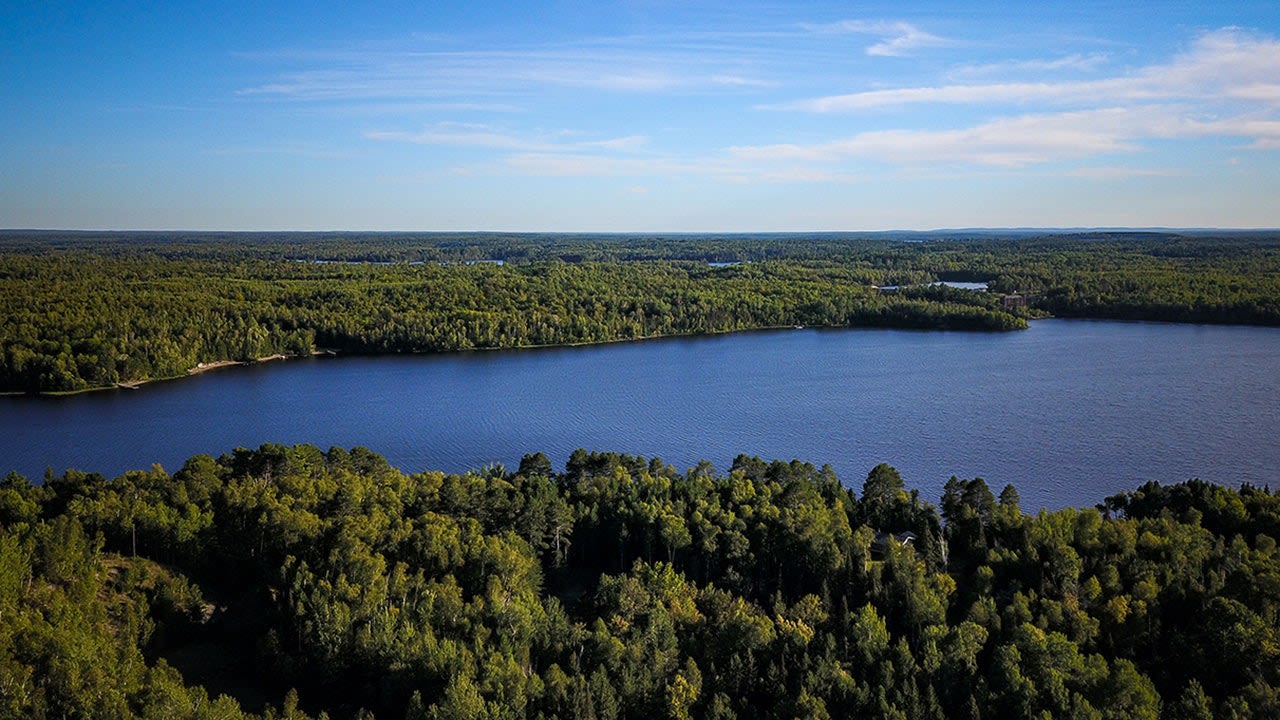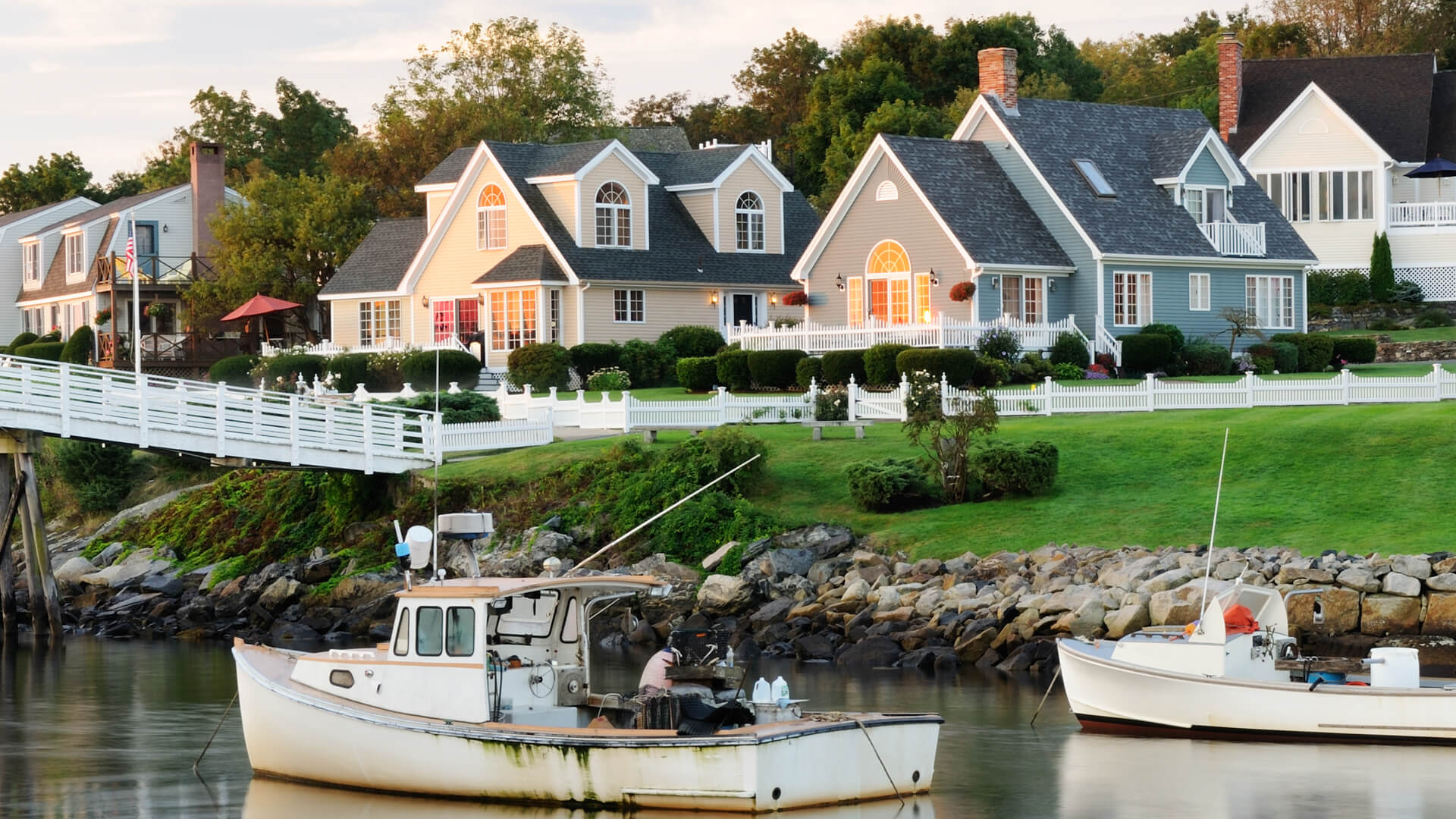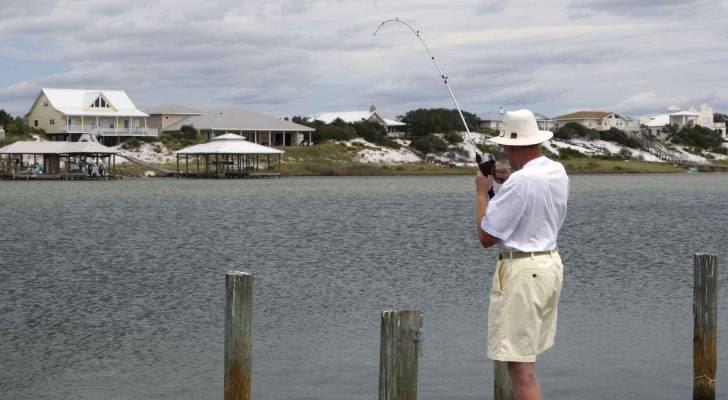Search results
News about Minnesota, flag, competition
News about Minnesota, Nebraska Republican, Mark Ham
Also in the news
Other games
Major League Soccer FT Apr 27 vs 
Sporting Kansas City W2 - 1Recap Major League Soccer FT May 4 @ 
Atlanta W2 - 1Recap Major League Soccer 8:30 PM EDT May 18 vs 
Portland Timbers Preview Minnesota vs LA Galaxy
May 15, 8:30 PMMoney LineSpreadTotalLA +210+0.5O3.5MIN
+210+0.5O3.5MIN +260-0.5U3.5
+260-0.5U3.5Conference East GP W D L Pts  Miami
Miami13 8 3 2 27  FC Cincinnati
FC Cincinnati12 7 3 2 24  New York Red Bulls
New York Red Bulls12 5 5 2 20  Toronto FC
Toronto FC12 6 1 5 19  New York City
New York City12 5 2 5 17  Charlotte
Charlotte12 5 2 5 17  D.C. United
D.C. United12 4 5 3 17  Columbus Crew
Columbus Crew11 3 6 2 15  Philadelphia Union
Philadelphia Union11 3 5 3 14  Atlanta
Atlanta11 3 3 5 12  Orlando
Orlando11 3 3 5 12  CF Montréal
CF Montréal11 3 3 5 12  Nashville
Nashville11 2 5 4 11  Chicago Fire
Chicago Fire12 2 4 6 10  New England Revolution
New England Revolution11 2 1 8 7 Minnesota ( / ˌmɪnəˈsoʊtə / ⓘ MIN-ə-SOH-tə) is a state in the Upper Midwestern region of the United States. It is the 12th largest U.S. state in area and the 22nd most populous, with over 5.75 million residents.
- 86,935.83 sq mi (225,163 km²)
- 4 Democrats, 4 Republicans (list)
- Overview
- Relief
- Drainage
- Soils
- Climate
Minnesota, constituent state of the United States of America. It became the 32nd state of the union on May 11, 1858. A small extension of the northern boundary makes Minnesota the most northerly of the 48 conterminous U.S. states. (This peculiar protrusion is the result of a boundary agreement with Great Britain before the area had been carefully surveyed.) Minnesota is one of the north-central states. It is bounded by the Canadian provinces of Manitoba and Ontario to the north, by Lake Superior and the state of Wisconsin to the east, and by the states of Iowa to the south and South Dakota and North Dakota to the west.
Minnesota’s thousands of rivers flow northward via the Red and Rainy rivers to Hudson Bay, eastward through the Great Lakes to the Atlantic Ocean, and southward through the Mississippi River to the Gulf of Mexico. Indeed, Minnesota received its name from the Dakota (Sioux) word for the Mississippi’s major tributary in the state, the Minnesota River, which means “sky-tinted water.”
Minnesota’s terrain stretches from the edge of a subarctic forest to the heart of the Corn Belt. Most of the state was covered by glaciers several times, and the land’s surface was shaped by the alternate freezing, thawing, and movement of those glaciers. Prominent geomorphic reminders of this glacial activity are the rolling farmlands, thousands of lakes, steep hillsides, and flat glacial lake and outwash plains that make up Minnesota’s present-day landscape. The state’s rich prairie soils developed on the finely ground mineral materials left by the retreating glaciers. Minnesota’s elevations range from 602 feet (184 metres) above sea level at Lake Superior to 2,301 feet (701 metres) above sea level at Eagle Mountain, located about 12 miles (19 km) from the lake’s north shore.
Britannica Quiz
The majority of Minnesota’s lakes are located in the areas of glacial moraine, where glaciers deposited hills of sand and gravel. Lakes more than 100 square miles (260 square km) in area include Red Lake, Mille Lacs Lake, Leech Lake, Lake Winnibigoshish, Lake of the Woods, and Rainy Lake. The shoreline of Lake Superior, one of the largest freshwater lakes in the world, forms the state’s northeastern border for some 160 miles (260 km). In northeastern Minnesota there are stream valleys and deep, clear lakes that were scoured by glaciers from the granite bedrock.
The largest glacial lake plain (more than 100,000 square miles [260,000 square km]) was formed by Lake Agassiz, which held the meltwaters as the latest glaciers retreated northward some 8,000 years ago. The southern part of the former lake bed lies along the Minnesota–North Dakota border and is known as the Red River valley. Red Lake, Lake of the Woods, and Canada’s Lake Winnipeg are all remnants of this huge body of glacial meltwater. Its southward drainage created the wide valley of the Minnesota River, the flow of which eventually reversed as ice blockage to the north melted.
Students save 67%! Learn more about our special academic rate today.
Learn More
The most fertile soils in Minnesota formed beneath the original grasslands of the south and west and are rich in organic matter and soluble minerals. Soils that formed under the original coniferous forest in northeastern Minnesota are light-coloured, acidic, and low in organic matter. Those that formed under the original hardwood forest, which occu...
Temperature variations in Minnesota occur not only seasonally but also from one part of the state to another. Southern Minnesota is hot in the summer. In the northern regions of the state, frost is possible in any month.
Average daily maximum temperatures in July range from the mid-80s F (about 29 °C) in southern Minnesota to the low 70s F (about 21 °C) along the shore of Lake Superior. Average daily January highs range from the mid-20s F (about −4 °C) in the south to about 15 °F (−9 °C) in the north; minimums are from about 5 °F (−15 °C) to about −5 °F (−21 °C). Record-breaking lows have been known to occur; in 1996 a temperature of −60 °F (−51 °C) was recorded near the northeastern city of Tower. The average frost-free periods vary from fewer than 90 days in parts of the north to more than 160 days in parts of the south.
Nov 9, 2009 · Minnesota is the 32nd state to join the Union and is the most northerly of the 48 conterminous U.S. states. It's home to the Mall of America and the largest continuous network of indoor...
Minnesota is a state in the Upper Midwestern region of the United States. It is the 12th largest U.S. state in area and the 22nd most populous, with over 5.75 million residents. Minnesota is known as the "Land of 10,000 Lakes" but actually has 14,380 bodies of fresh water covering at least ten acres each; roughly a third of the state is ...
People also ask
Is Minnesota a conterminous state?
When did Minnesota join the United States?
How many people live in Minnesota?
Is Minnesota a north-central state?
The Midwestern U.S. state of Minnesota is known for its breathtaking scenery, magnificent forests, beautiful prairieland, sparkling blue lakes and fun cities and towns.































